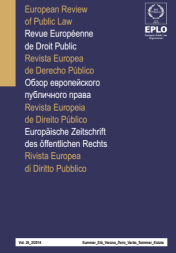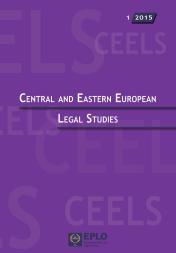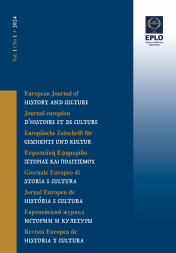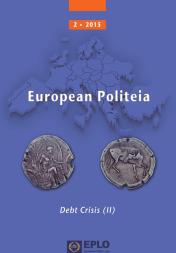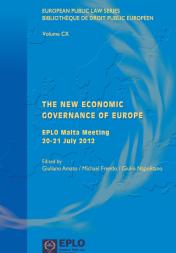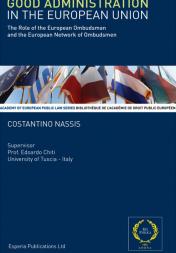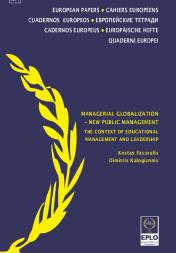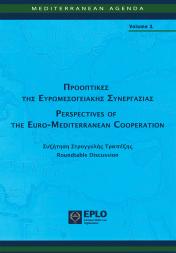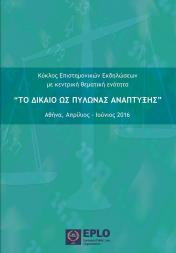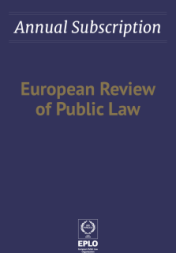
Administrative Law / Droit administratif
2018-2020
Ireland / Irlande
Associate Professor, Sutherland School of Law, University College Dublin
In common law systems, such as Ireland, administrative justice is enforced through the process of judicial review. However, as the Supreme Court of Ireland noted in 2019, the tests for determining precisely what institutions and what transactions are amenable to judicial review are uncertain. There are, in Irish law, two principal rules. (i) First a body will be amenable either where it has been established with the approval of the legislature for the purpose of carrying out a function on behalf of the state. (ii) Second, functions performed by a public body but in the context of a private contract between the individual and a public institution, are excluded from judicial review. This survey analyses both of these conditions. It notes points of difference between Irish law and English law. It argues: (a) that the first test may be under-inclusive; and (b) that consideration might be given to abolishing the second test; that particular rule may now be redundant.
Dans les systèmes de common law, comme en Irlande, la justice administrative est appliquée par le biais d’un processus de contrôle judiciaire. Cependant, comme l’a noté la Cour suprême irlandaise en 2019, les critères permettant de déterminer précisément quelles institutions et quelles transactions sont susceptibles de faire l’objet d’un contrôle juridictionnel sont incertains. Il existe en droit irlandais deux règles principales: 1) tout d’abord, un organisme peut être soumis à un contrôle juridictionnel lorsqu’il a été créé avec l’approbation du législateur dans le but d’exercer une fonction au nom de l’Etat; 2) en second lieu, les fonctions exercées par un organisme public dans le cadre d’un contrat privé entre l’individu et une institution publique sont exclues du contrôle juridictionnel. Cette enquête analyse ces deux conditions. Elle relève des points de différence entre le droit irlandais et le droit anglais. Elle affirme: a) que le premier critère peut être sous-inclusif; b) qu’il pourrait être envisagé de supprimer le second critère: cette règle particulière pourrait maintenant être redondante.




